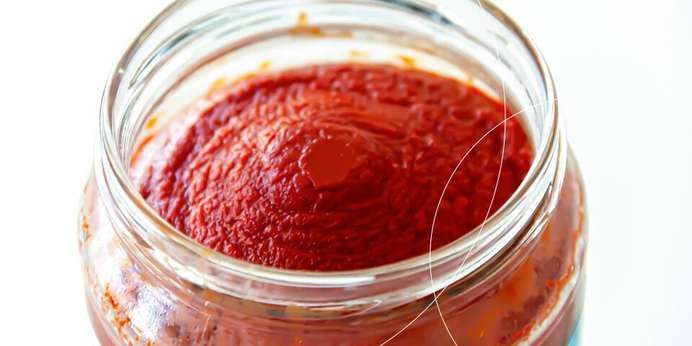Preferred Color for Tomato Paste vs. Sauce
From tomato paste to sauce, the desired color for each is unique based on customers' past experiences with these foods. These perceptions influence how the customer assesses the sauce or paste's quality and taste, so matching your products to the customers' preferred color is critical.
Tomato paste's preferred color is a deep red, reflecting tomatoes' natural color. Bright red indicates color additives, black suggests impurities, and purple hues mean the recipe used substandard tomatoes. When tomato paste is caramelized to release its flavor, the color should change to a dark red or brown.
The desired color of tomato sauce is a vibrant red, like fresh tomatoes. A tomato sauce recipe should use only the highest-quality tomatoes to ensure the correct color and taste. A too-light or too-dark color indicates poor tomato quality or impurities.
How to Measure the Color of Tomato Products
Spectrophotometers are the preferred solution for measuring the color of tomato sauce, paste, and similar products. The spectrophotometer records the color measurement results based on a specific equation.
The United States Department of Agriculture (USDA) uses a Processed Products Standards and Quality Certification program to compare these measurements to the color standards for tomato paste and sauce. The product's color has a significant influence on the grade. Classifications include:
- Grade A: The tomato paste or sauce has a good color — a deep or bright red hue.
- Grace C: The tomato paste or sauce has a fairly good color, which may be slightly dull or brown instead of red.
- Substandard: The tomato paste or sauce fails to meet the requirements for Grade C.



